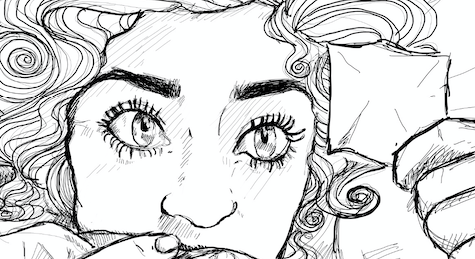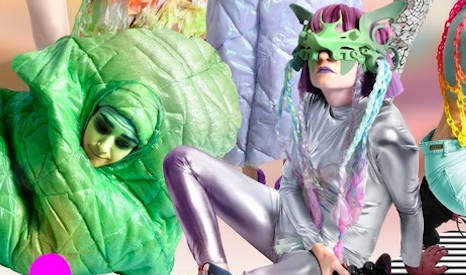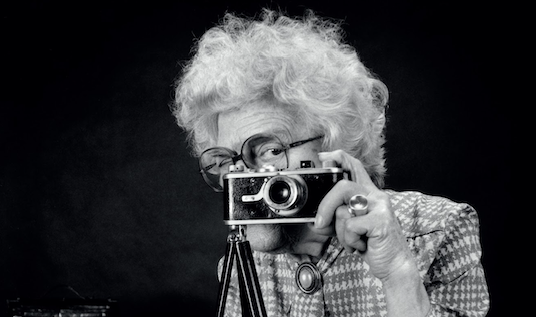The street is now lonely, anonymous territory. Screens have become the primary means of everyday communication. A stage that is both a boundary and a conduit to other faces multiplied in other windows; projections of our desire to connect with others. It is also an arena for expressive research into the many different facets of our subjectivity, for experimentation with identity and self-image. An endless array of filters and effects are available to chart and change our faces. We see this in the work of Flavia Da Rin, who explores infinite variations of herself through self-portraits and digital photography. A photographer, performer, DIY stylist and digital painter, she works in ritual private solitude at home and in the studio, pointing her lens at different wigs and accessories or trying out expressions and body movements that she then cuts, pastes and modifies on her computer, creating new characters that are also representations of the artist herself.
Our bodies are more technological than ever: a hologram that appears on the screens of friends, family and work colleagues, one that sends a notification asking permission before appearing. We communicate through interference and distortion, often with our faces pixelated or robotic sounding voices indicating that something is wrong with our connection. Society has shifted onto the network, education to Zoom and news, both genuine and fake, has gone viral. Our screen gaze has become more real than ever. We are torn between exhausting hyper-connectivity, the need or obligation to be productive, and procrastination. The lock-down gives rise to contradictory emotions ranging from social phobias to keenly missing the people with whom we would usually spend our days. Meanwhile, the everyday normality we used to know seems ever further away. In its stead we seek to create dynamic virtual alternatives through which to form our emotional bonds.
If, under the current circumstances, images dominate the way we socialize, what role does art play in this coming together of technology, subjectivity and emotion? How can art help us to stay together via a screen? Are we simply trying to transfer our lives into the virtual realm or are we creating new forms of feeling that will change the way we act in the future?
Laura Hakel, curator at Museo de Arte Moderno
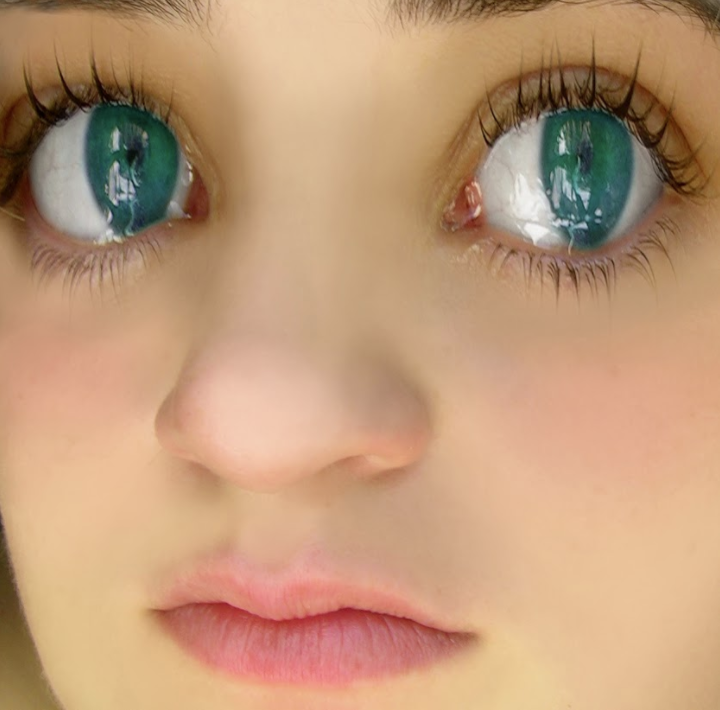
Flavia Da Rin
Sin título [Untitled], 2005
Lambda print
100 x 103 cm
The book that accompanied the exhibition Flavia Da Rin: Who’s That girl? is now freely available for all. The publication is a look-back over twenty years of Flavia Da Rin’s work, through a careful selection of her works and a visual exploration of her influences across various different projects, with her own graphic interventions. These landmarks in her oeuvre are accompanied by an in-depth discussion between Da Rin and her teachers, Diana Aisenberg and Guillermo Kuitca. The book also includes essays by Rafael Cippolini and I. Acevedo, and a curatorial text by Laura Hakel.
Peluca Oral propone un espacio para potenciar el delirio que llevamos
dormido dentro, a través de una transformación corporal y capilar. En
esta peluquería itinerante y efímera se realizan esculturas blandas para
la cabeza. Su claro objetivo es modificar al sujeto, no solo involucrando
la apariencia corporal sino también su manera de actuar. En esta ocasión,
el proyecto toma el formato de un video donde la artista propone peinados
para que quienes quieran puedan realizar en sus casas durante
la cuarentena.
¡Podés hacer click sobre la imagen para ver el video completo!
Nina Kovensky
Interferences 1, 2019
Video
2:22 mins
Nina Kovensky
Interferences 3, 2019
Video
3:05 mins
Tomás Maglione
Cuando el mundo se disuelva, 2016
Video HD y animación digital
25:30 min
Tomás Maglione
Los gigantes, 2014
Video HD
5:46 min
Básica TV
Acrobásica, 2018
Video
2:30 mins
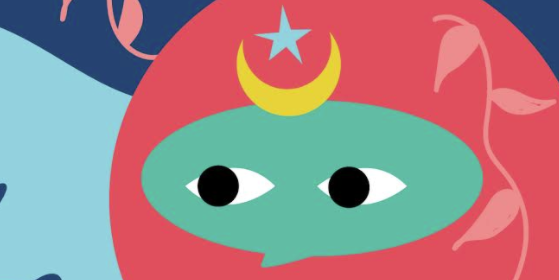
Digital technologies and the internet intervene in our way of interacting with our own and others’ images. In the constant exercise of self-representation we inhabit the tension between our own tastes and the canons imposed on us. Out of these tensions and ambiguities we build our own stories and project ourselves to others. A meditation on screens as a territory of self-construction and a new frontier between ourselves and the world we present a series of works by Flavia da Rin, A Party to Drive the Terror from the World.
